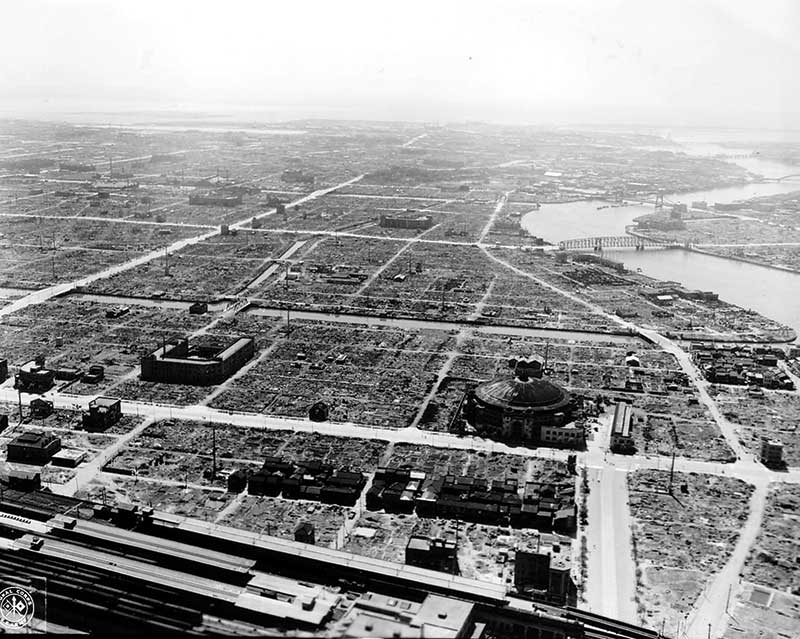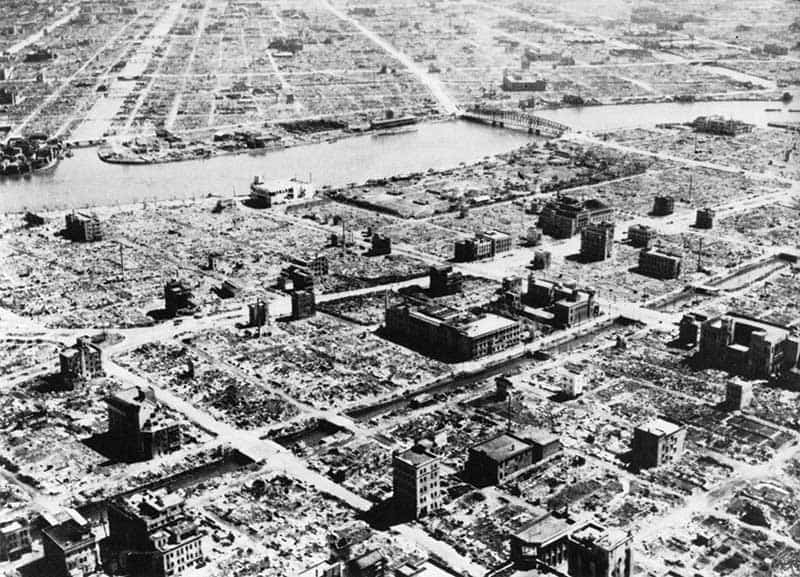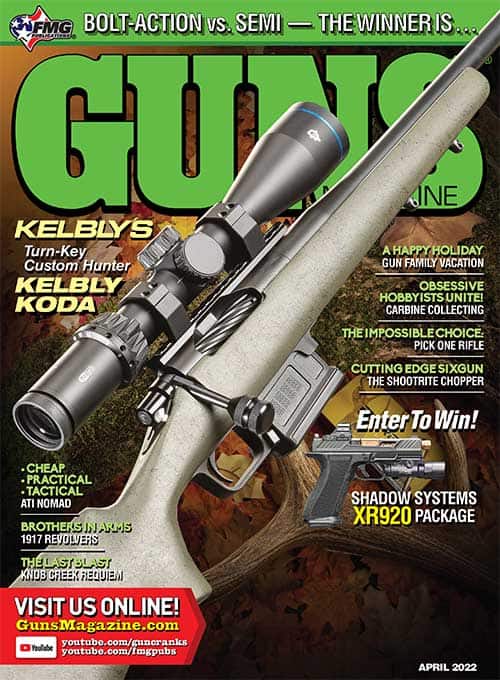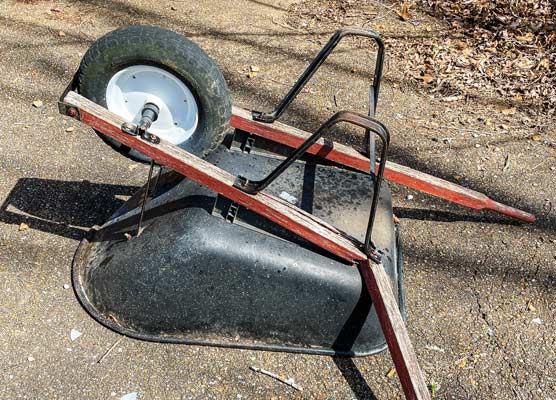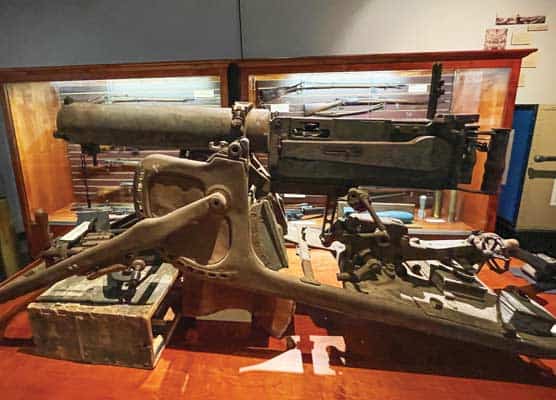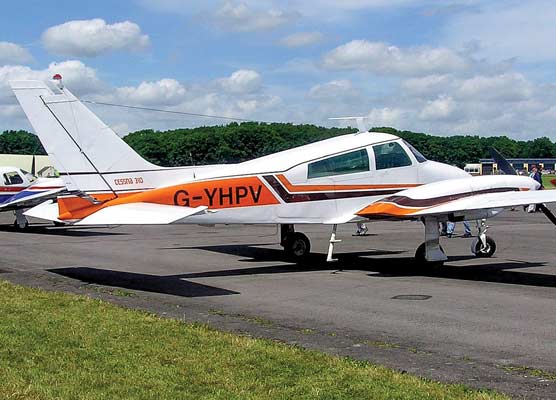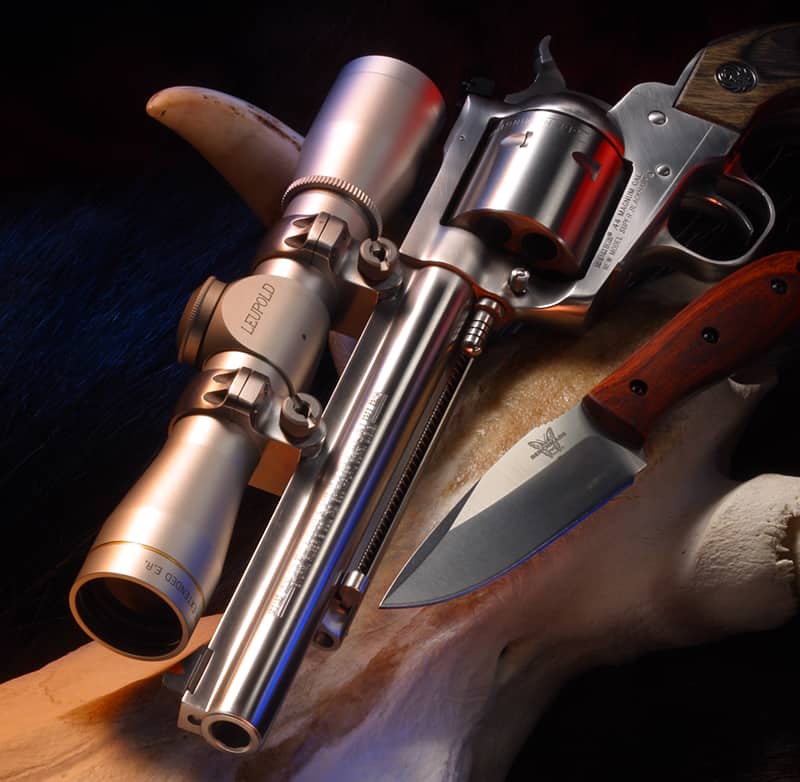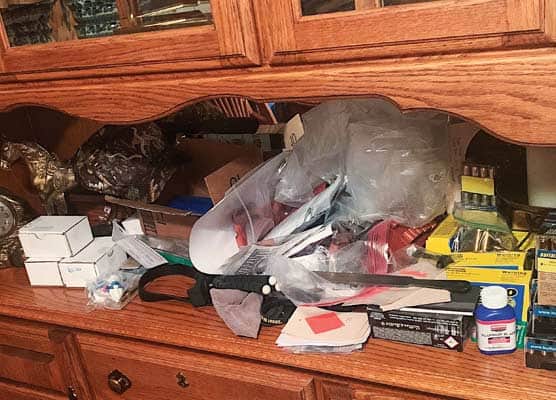Bomb Tokyo
Even today, Operation Meetinghouse is unimaginable
We humans are quick to immortalize significant superlatives. The world’s largest rubber band ball weighed 8,200 lbs. The planet’s longest pizza stretched some 1.32 miles. The most candles extinguished by a single fart was five. In the spring of 1945, however, American aircrews operating over Japan set another, darker record.
The Setting
March 10, 1945 was a Saturday. Adolf Hitler had but 51 days to live. On the other side of the world, wartime Tokyo hummed along as it normally had. Men and women toiled in myriad tiny cottage workshops churning out the myriad bits of kit needed to keep the massive Japanese war machine hurtling toward oblivion. At least that’s what the historians tell us.
During World War II strategic bombing was just finding its legs. For the first time in human history, the planet was tasting total war on an industrial scale. Existential fights between nation states are as old as man. In 1945, however, we finally had the tools to take it to the next level.
The carnage was easily justified. Japan started the war at Pearl Harbor with the cold-blooded murder of 2,403 Americans on December 7, 1941. Three years later, veritable rivers of blood had been shed to get Army Air Corps B29 Superfortress heavy bombers within range of the Japanese homeland. The American people were whipped up into a proper frenzy. We wanted some payback.
The B29 represented the single most expensive weapons program in military history at the time of its deployment. Each massive 99-foot bomber cost $639,000 back in 1945. That’s about $9.3 million today. For that money the American taxpayer got an airplane sporting a dozen .50-caliber machineguns, cruised at 220 mph and carried up to 20,000 lbs. of bombs.
General Curtis LeMay owned these things and he experimented with a variety of tactics and bomb loads in an effort at maximizing the big shiny bombers’ destructive potential. Conventional attacks from great altitude using high explosive general purpose bombs or incendiaries were typically so inaccurate or dispersed as to be relatively ineffective. After several raids of several flavors by B29s on the capital city of Tokyo, the Japanese had suffered some 1,292 deaths. This lulled the Japanese authorities into a false sense of security.
One million seven hundred thousand of Tokyo’s total population had been evacuated to safer areas outside the city. However, many poor rural peasants had moved in to take their places. On this particular weekend, Tokyo, Japan, was the most congested space on earth.
Tactical Details
Previous attacks had taken place from high altitude in daytime via large formations. This raid, code-named Operation Meetinghouse, would be flown by a stream of individual aircraft operating between 5,000 and 7,000 feet in total darkness. Two hundred seventy-nine Superfortresses made it to the target carrying 1,510 tons of ordnance. Their altitudes were carefully selected to be above the effective small arms range yet below the optimal altitude for large-caliber anti-aircraft guns. Japanese night fighters were caught completely unawares. At 12:08 a.m. on March 10, the first pathfinder aircraft appeared over the city carrying M47 white phosphorous bombs.
These first aircraft, operated by the best crew available, painted a gigantic flaming “X” across the middle of Tokyo. A stream of follow-on planes packing M69 incendiary cluster bombs aimed for assigned portions of the “X.” When combined with prevailing surface winds of between 45 and 60 miles per hour, the end result was apocalyptic.
The M69 was simply diabolical. Developed by the Standard Oil Company at the behest of the Office of Scientific Research and Development, the M69 consisted of a 3″ plain steel pipe of hexagonal cross section that was 20″ long. Each incendiary bomblet weighed about 6 lbs. and was filled with jellied gasoline. M69s were packed 38 to a cluster munition. Upon impact with the ground, a black powder charge fired the flaming filling some 100 feet into the air with predictable effects.
The Butcher’s Bill
The resulting firestorm obliterated 16 square miles of Tokyo, destroying some 267,171 buildings in the process. More than a million Japanese were rendered homeless. Around 100,000 people died … in about three hours. Operation Meetinghouse sets the record for the most human beings killed by other humans in such a brief time. It was worse than the nuclear strikes.
Firemen gave up in the first half hour. Ninety-six fire engines were incinerated. Macadam and glass were liquified in the heat. The rivers running through Tokyo boiled. Rescue workers toiled day and night for 25 days collecting the bodies.
Follow-on aircrews had to go on oxygen to avoid the stench of burnt flesh. A dozen Superfortreses were lost with the loss of 96 aviators. The Japanese surrendered five months later. Modern man has forgotten the true nature of total war.


